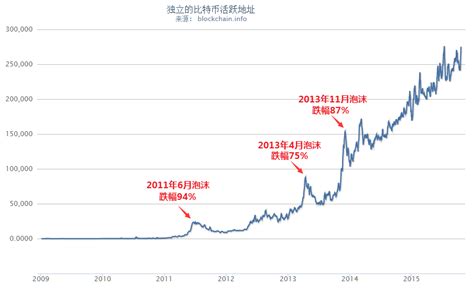Title: Adjusting MACD for Bitcoin Trading
MACD (Moving Average Convergence Divergence) is a popular technical indicator used by traders to analyze trends and momentum in various financial markets, including cryptocurrencies like Bitcoin. Adjusting MACD parameters for Bitcoin trading requires a nuanced understanding of market dynamics and the specific characteristics of Bitcoin. Let's delve into how you can optimize MACD settings for Bitcoin trading:
Understanding MACD
MACD consists of three main components:
1.
MACD Line (12day EMA 26day EMA):
It represents the difference between the 12day Exponential Moving Average (EMA) and the 26day EMA.2.
Signal Line (9day EMA of MACD Line):
A 9day EMA of the MACD Line.3.
Histogram:
The visual representation of the difference between the MACD Line and the Signal Line.Adapting MACD for Bitcoin Trading
Bitcoin's price behavior often exhibits high volatility and rapid fluctuations, which can impact the effectiveness of traditional MACD settings. Here's how you can adjust MACD for Bitcoin trading:
1. Modify Moving Average Periods
Given Bitcoin's volatility, traders may opt to adjust the default periods (12, 26, and 9) to better capture shortterm movements. Shorter periods can provide more sensitive signals, but they may also result in increased noise. Experiment with different combinations to find the optimal settings for Bitcoin trading.
2. Incorporate Longer Timeframes
While Bitcoin trading often involves shortterm speculation, incorporating longer timeframes can offer valuable insights into overall trends and potential reversals. Consider using higherperiod EMAs (e.g., 50day and 200day) in conjunction with traditional MACD settings to gain a broader perspective on Bitcoin's price action.
3. Factor in Bitcoin's Volatility
Bitcoin's volatility requires traders to adapt their strategies accordingly. Adjusting MACD parameters to account for this volatility can involve smoothing techniques or incorporating volatilitybased indicators such as Bollinger Bands or Average True Range (ATR). These adjustments can help filter out noise and generate more reliable signals in volatile market conditions.
4. Combine with Other Indicators

MACD is most effective when used in conjunction with other technical indicators. For Bitcoin trading, consider pairing MACD with indicators like Relative Strength Index (RSI), Fibonacci retracements, or volume analysis to validate signals and enhance trading decisions.
5. Backtesting and Optimization
Before implementing any adjustments, it's crucial to backtest your modified MACD settings using historical Bitcoin price data. This process allows you to evaluate the performance of different parameter combinations and refine your strategy based on past results. Additionally, consider utilizing simulation tools or trading platforms with builtin backtesting features to streamline this process.
Conclusion
Adjusting MACD for Bitcoin trading requires a careful balance between sensitivity and reliability, considering the unique characteristics of Bitcoin's price behavior. By modifying MACD parameters, incorporating longer timeframes, accounting for volatility, combining with complementary indicators, and conducting thorough backtesting, traders can develop a more effective MACDbased trading strategy tailored to the dynamic nature of the Bitcoin market.
This approach empowers traders to make informed decisions and navigate the complexities of Bitcoin trading with greater confidence and precision.
版权声明
本文仅代表作者观点,不代表百度立场。
本文系作者授权百度百家发表,未经许可,不得转载。
















评论